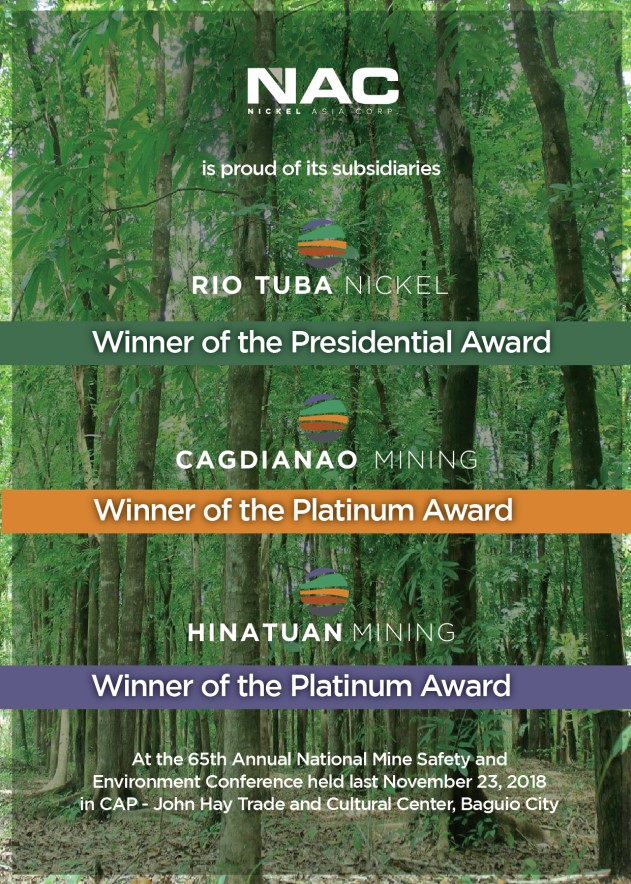Young ROOTS
The Small Town Charm
 By Glaiza Bernadeth Pinto
By Glaiza Bernadeth Pinto
I had been in Alcala, Pangasinan for more than a decade now.
It has been a decade of knowing the new culture, trying out the cuisine and practicing beliefs, following their societal norms and using the language of this small town.
Today, Alcala is one of the towns included in the fifth legislative district of Pangasinan. It is located in the southeastern corner of the province. It is also the southernmost town in the province’s eastern region and is adjacent to the town of San Manuel, the northernmost town of Tarlac province.
The whole of Alcala is dominated by a flat terrain, and almost all of the land area is utilized for planting agricultural crops like corn, palay and tobacco. Few tracts of lands are devoted to fishponds.
Alcala has twenty-one barangays and the entire breadth of the town is cut by the mighty Agno River where the river separates five barangays — Gualsic, Atainan, Curareng, Macayo and Caranglaan — from the town proper. And it was only this year, after 10 years here, that had I gone to that part of Alcala.
I was really amazed. I had seen a real example of the characteristics of a place when we Filipinos say “probinsiya”. Probinsiyang-probinsiya talaga. Every house is followed by another at different distances—very long and wide distances that is. Also, old houses are still seen with big plaques in the outer walls proudly proclaiming the achievements of their family like Attorney, Physician, Nurse and many more.
The sound of nature can be heard everywhere and anywhere you turn your head, you will see all sorts of farm and forest creatures — cows, carabaos, goats, mole crickets, ducks, chickens, birds and many more. And whenever the wind blows, palay or crops goes with the wind swaying and dancing in the wide expanse of farmland.
But it is not promdi in a poor way. No, not at all. The most vivid images for me are actually the big houses that I had seen in that side of Alcala. Those are like mansions. Wide cemented spaces, expensive big pots with unique and expensive plants, and elegant designs of steel surrounding the area.
When a close friend of mine visited Alcala, he was amazed that despite the creeping modernity, feeling the stillness of being in the rural areas is still quite possible. And just like him, I am also continually being astonished for the people’s traditional way of life is still preserved. Another factor that amazed him is the bond between the Alcalenians. Almost everyone knows everybody; whenever one goes in other place, a warm greeting will welcome him or her. Such a warm small-town character, indeed.
But for me the most unique and interesting part of Alcalenians is their respect for nature. One great example is the large, old trees in the town. Some of the elders say, “andiyan na iyan noong pinanganak ako.”
There are also some stories told by the elders about those trees. They say some are actually invincible and that there are invisible creatures living there. Until now, many really believe those stories, and I think that is partly behind the respect that the people give to these trees.
People also say that they care for those trees because much of their livelihood depends on the bounty of Mother Nature. For that reason, they value much the virtue of utang na loob and the give-and-take relationship not just with their fellow citizens but also with nature.
For Alcalenians, this is an indispensable virtue in little communities where everybody almost certainly needs the help of everybody. And if such harmonious relationship is to be maintained, reciprocity is indispensable. As the saying goes, “No man is an island.” One cannot live on earth without the presence or symbiotic relationship with other creatures and species living on earth.
(Readers may reach columnist at marifijara@gmail.com. For past columns, click http://sundaypunch.prepys.com/archives/category/opinion/roots/
For reactions to this column, click “Send MESSAGES, OPINIONS, COMMENTS” on default page.)












